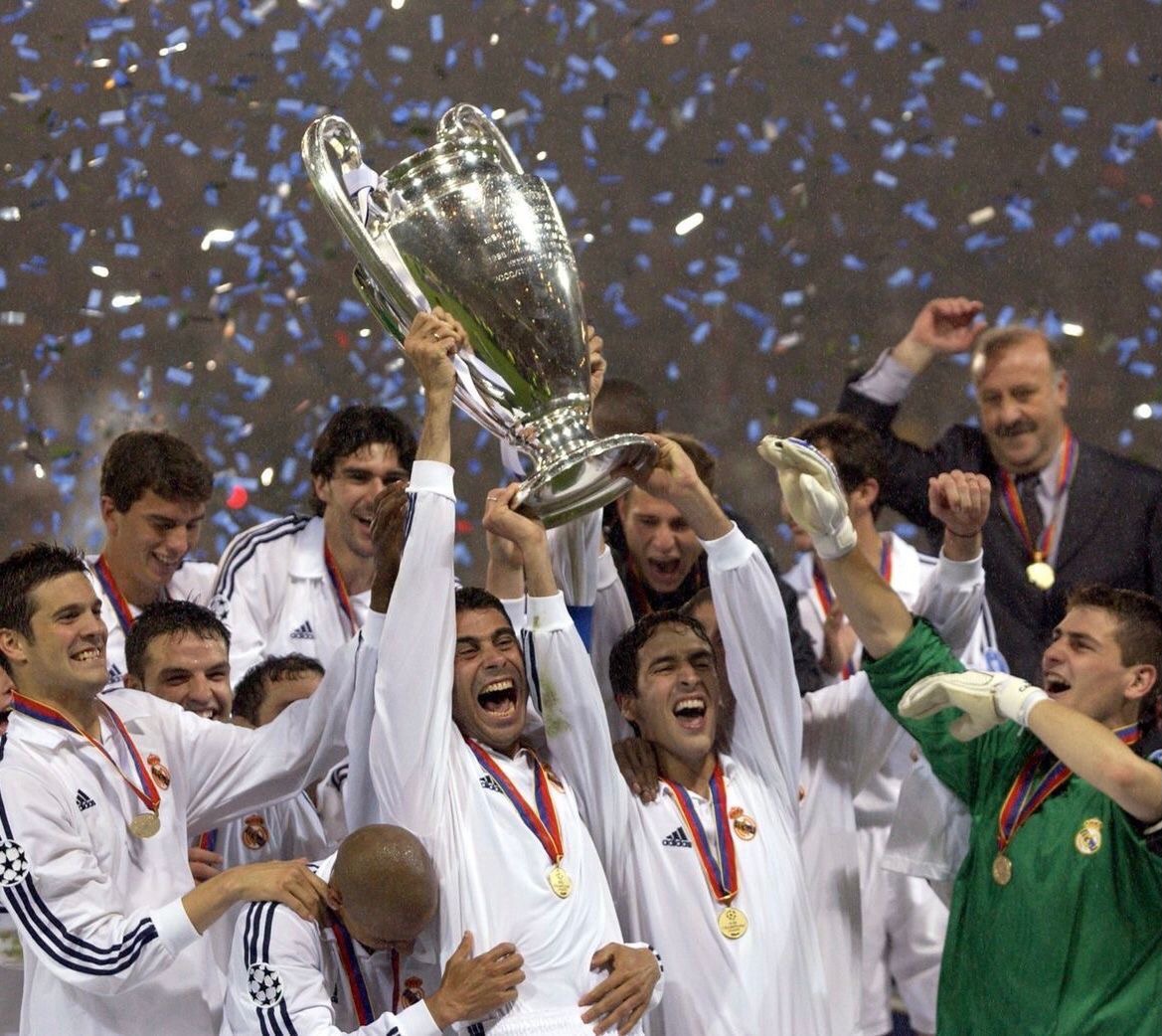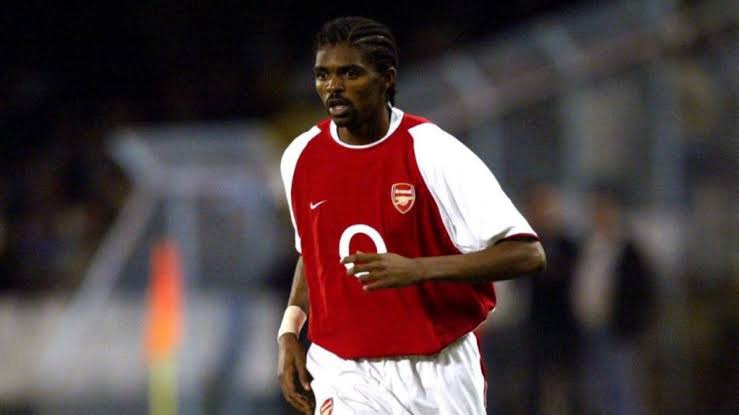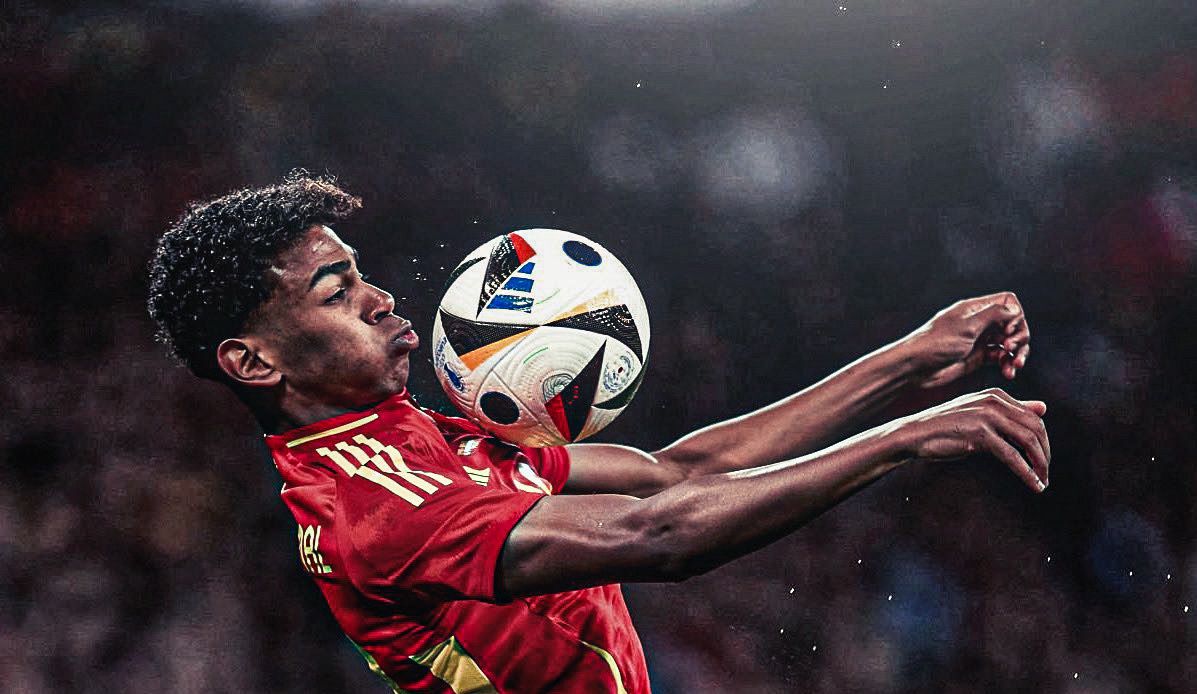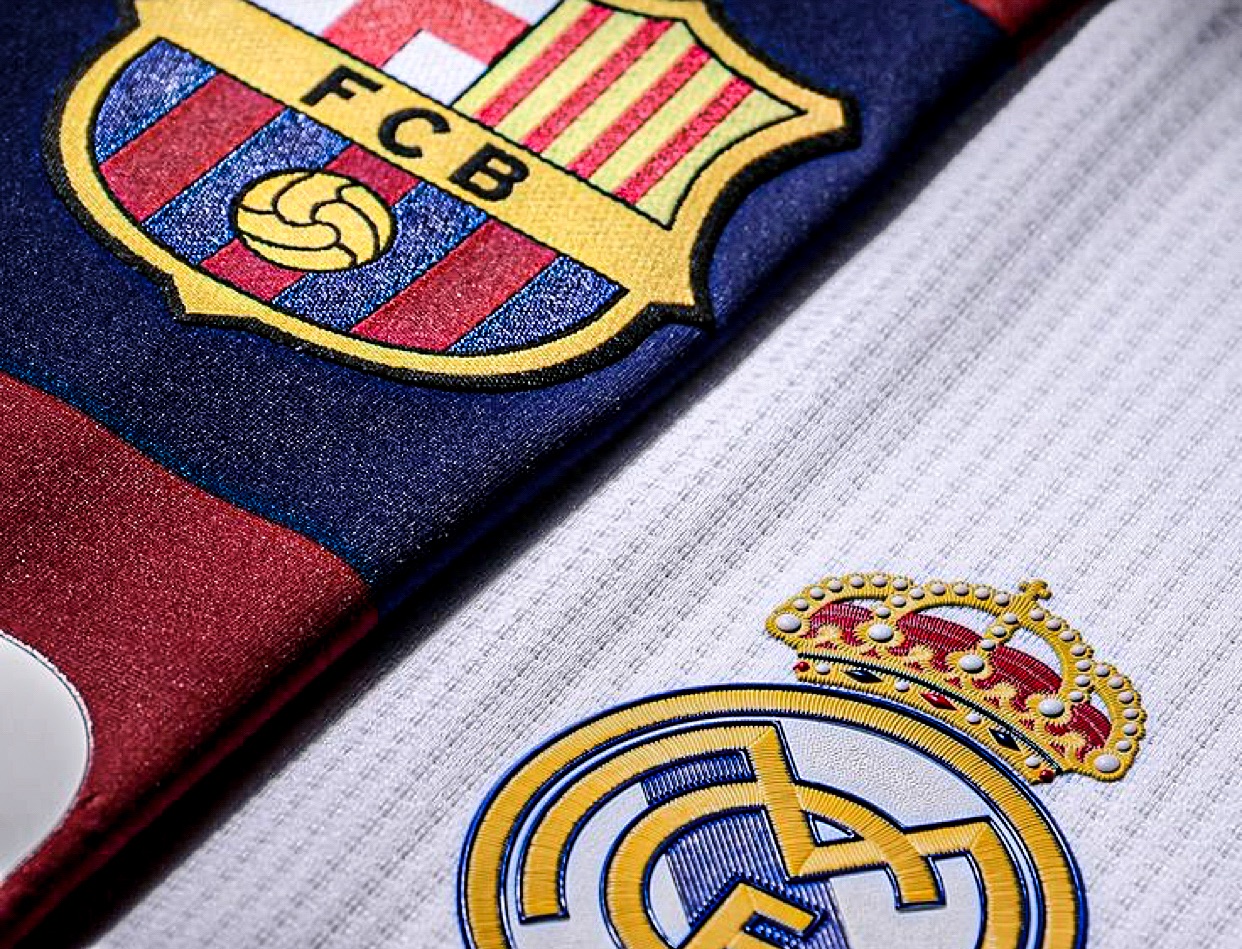In football, club names are more than just labels they carry tradition, identity, and deep emotional ties with fans. But even the biggest clubs in the world haven’t always been known by the names we chant today. From rebranding efforts to political shifts or ownership changes, some of the game’s most iconic teams have undergone surprising transformations. Here are 7 popular football clubs that changed their names and the fascinating stories behind them.
7. Everton
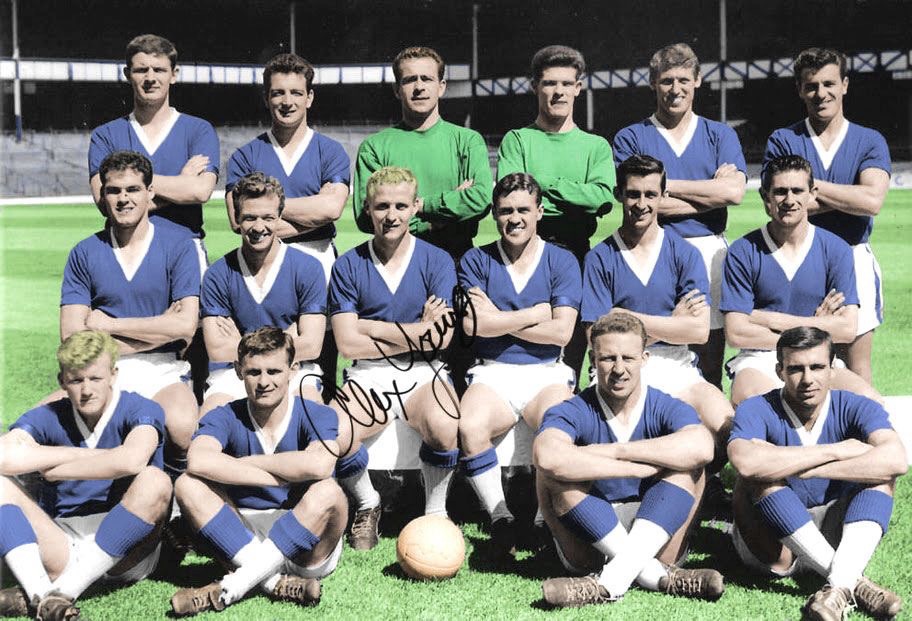
Before Everton became a household name in English football, they were known as St. Domingo FC, founded in 1878 by members of the St. Domingo Methodist Chapel in Liverpool. The club was originally created to keep cricket players active during the winter — a football team for year-round sportsmanship. Just a year later, the club adopted the name Everton, taken from the surrounding district. Ironically, Everton doesn’t actually play in the Everton district — Goodison Park is located in Walton, a nearby neighborhood. Yet the name stuck, and so began the long legacy of the Toffees.
6. AC Milan

AC Milan’s full name Associazione Calcio Milan reflects its unique origin. The club was actually founded in 1899 by English expatriates in Milan, and was originally known as the Milan Football and Cricket Club. The spelling “Milan” was intentionally kept in English as a tribute to the founders’ heritage.
In 1938, under Mussolini’s regime, foreign names were discouraged, and the club was renamed Associazione Calcio Milano, but they reverted back to the English-style Milan after World War II.
Despite the name changes, the club has always been defined by its ambition and continental success, making AC Milan one of the most historic teams in Europe.
ALSO READ: Greatest Player in Manchester City in the 21st Century
5. Manchester City

Manchester City’s journey began in 1880 under the name St. Mark’s (West Gorton), formed by members of a local church to help unify the community and reduce gang violence. As football’s popularity grew, so did the club rebranding as Gorton AFC in 1884, and then as Ardwick AFC in 1887 when they moved closer to Hyde Road.
Financial instability led to a significant restructuring in 1894, which saw the birth of Manchester City Football Club. From those humble beginnings, City have grown into one of the most powerful clubs in world football, especially following major investment in the 21st century.
Might interest you: Top 10 best sticker in Premier League
4. Tottenham Hotspur
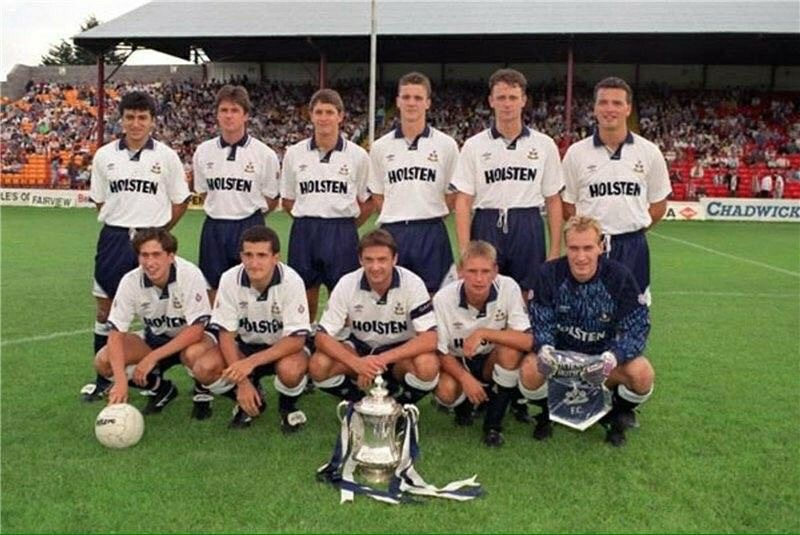
Tottenham Hotspur’s story began in 1882, when a group of schoolboys already members of the Hotspur Cricket Club decided to form a football team to stay active during the winter months. They initially called it Hotspur Football Club. With the support of John Ripsher, a bible class teacher from All Hallows Church who later became the team’s first president and treasurer, the club began to grow.
By 1884, to avoid confusion with another local side also named Hotspur, they officially rebranded as Tottenham Hotspur Football Club. That name has since become synonymous with flair, resilience, and the North London derby.
3. Arsenal

Arsenal’s roots trace back to October 1886, when a group of 16 munitions workers at the Royal Arsenal in Woolwich, including Scotsman David Danskin, came together to form a football club. They named it Dial Square FC, after a key workshop in the armaments factory. Just months later, in January 1887, the club was renamed Royal Arsenal.
As the team grew in stature, so did its ambitions. In 1891, Royal Arsenal became the first London club to turn professional. The name changed again in 1893 to Woolwich Arsenal, reflecting the local area. However, financial struggles almost ended the club in 1910 until businessmen Henry Norris and William Hall stepped in. They moved the club north of the River Thames to Highbury, and in 1915, the club adopted its final and most iconic name: Arsenal Football Club.
2. Manchester United
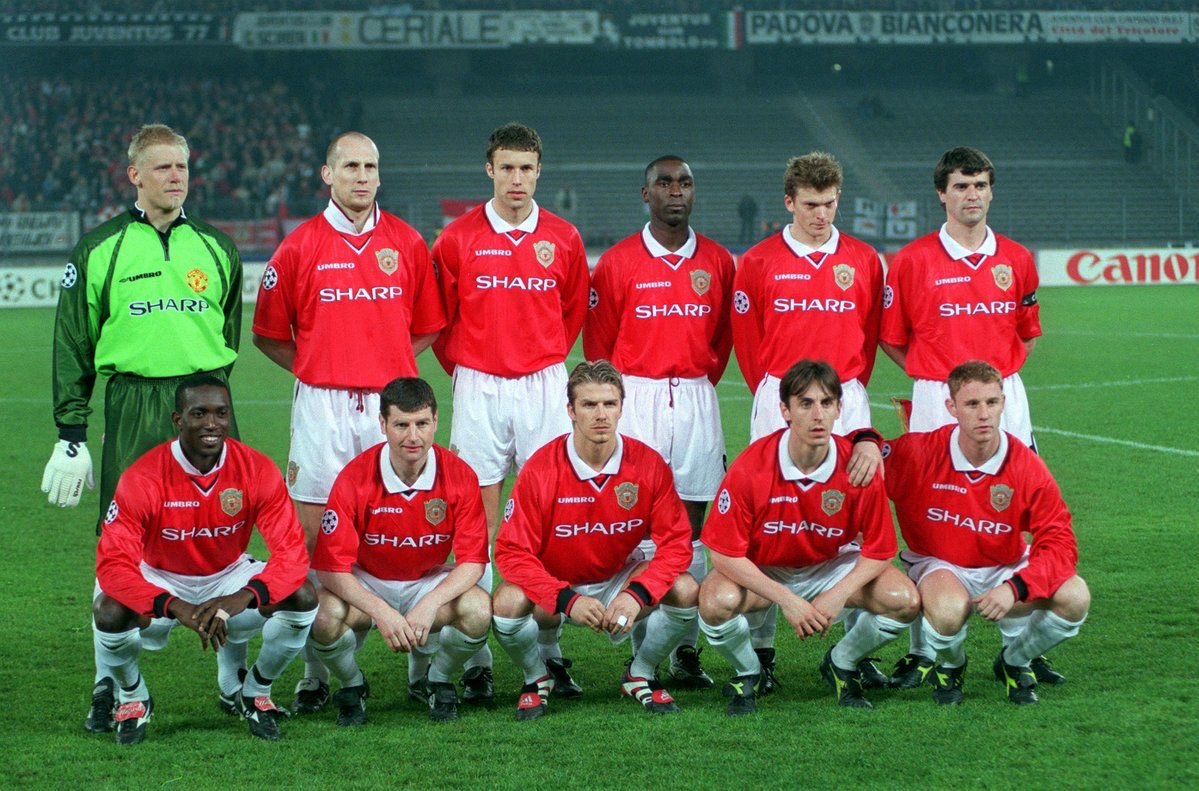
Long before they were known as Manchester United, the Red Devils had humble beginnings as Newton Heath, a team formed in 1878 by workers from the Lancashire and Yorkshire Railway’s carriage department. Originally playing friendly matches against other railway departments, Newton Heath entered competitive football and even reached the First Division in the early 1890s. But financial trouble hit hard, and by 1902, the club was on the verge of collapse. That’s when four local businessmen stepped in, investing £500 each to save the team. With a fresh start came a fresh identity, and on April 24th, 1902, the club was officially renamed Manchester United — marking the rebirth of what would become one of the most iconic football clubs in history.
ALSO READ:
1. Real Madrid
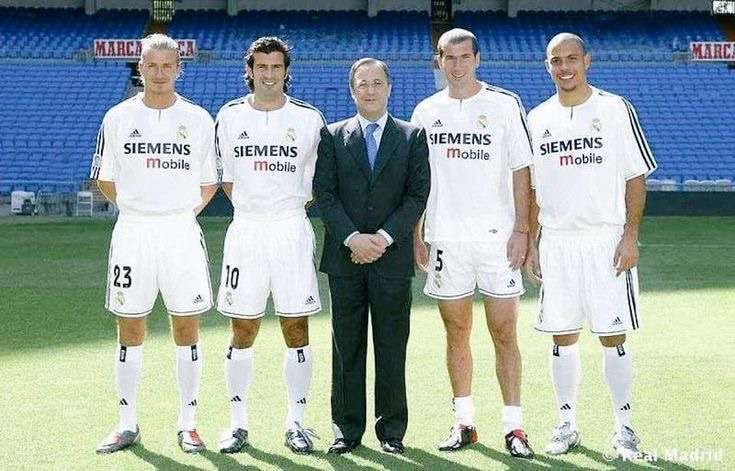
Real Madrid’s legendary status in football began with humble origins. Founded on March 6, 1902, the club was initially known as Madrid Football Club, created by a group of academics and football enthusiasts in Spain’s capital. At the time, football was still a developing sport in the country, heavily influenced by British expatriates and returning Spanish students who had experienced the game abroad. The early years of Madrid FC saw them quickly rise as a competitive side in domestic competitions.
A major turning point came in 1920, when King Alfonso XIII of Spain bestowed the title “Real” — meaning “Royal” upon the club. This honorary designation transformed their identity into Real Madrid Club de Fútbol, symbolizing royal patronage and elevating the club’s stature nationally. The addition of the crown to their crest marked a new era, and from that moment, Real Madrid began to align itself with ambition, tradition, and prestige.
Throughout the decades, Real Madrid have evolved into a global powerhouse. With an unmatched record of Champions League triumphs and a rich lineage of iconic players from Alfredo Di Stéfano to Cristiano Ronaldo the club has long represented excellence on the world stage. More than just a name change, the “Real” title marked the beginning of a century-defining footballing legacy. Today, Real Madrid remains a benchmark for success, both on and off the pitch.
Name changes in football aren’t just cosmetic — they often reflect a pivotal moment in a club’s history. Whether it’s a nod to heritage, a strategic move for global recognition, or a new chapter under fresh ownership, each rebrand adds a unique layer to a club’s legacy. While their names may have changed, the passion of their supporters has remained constant.
